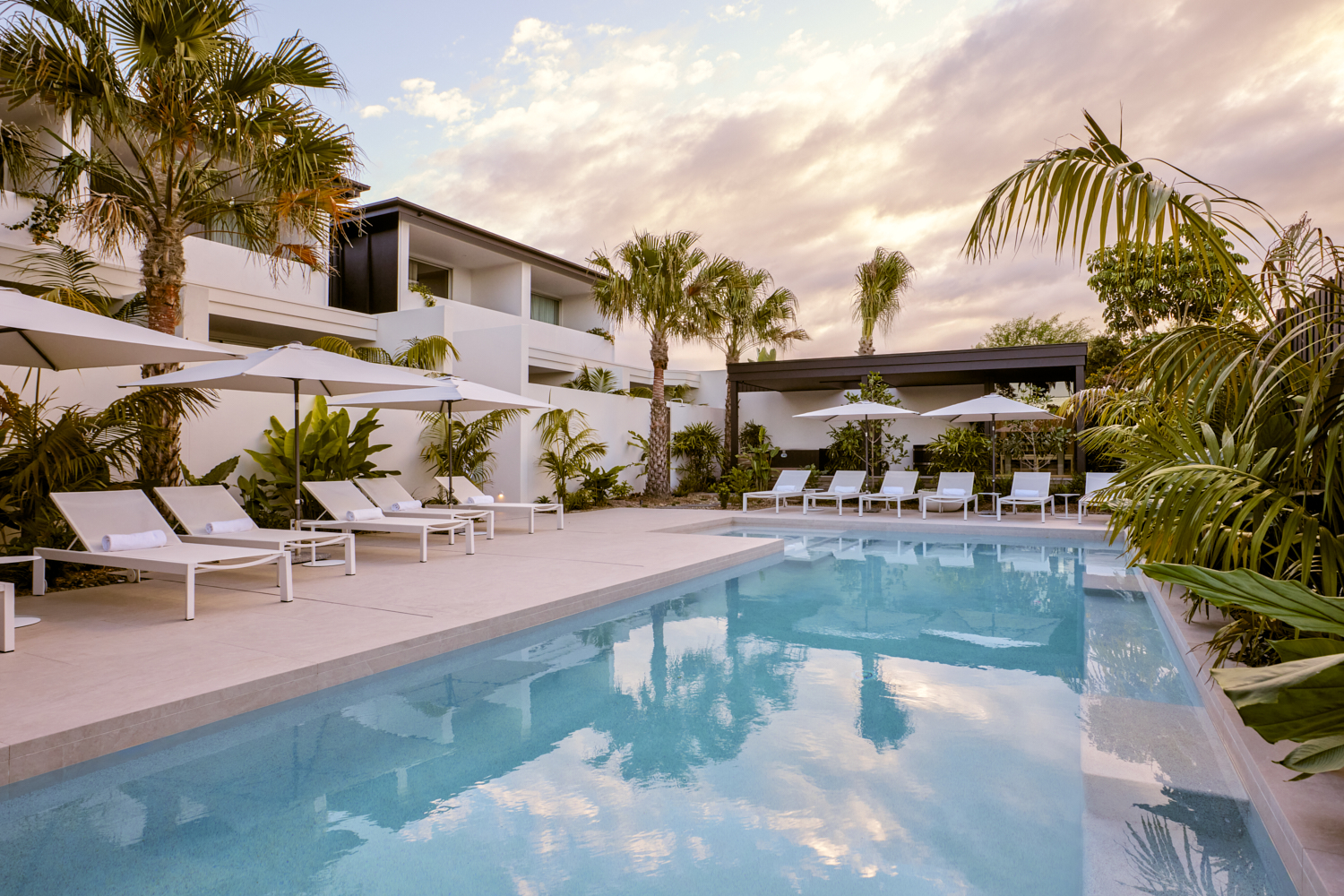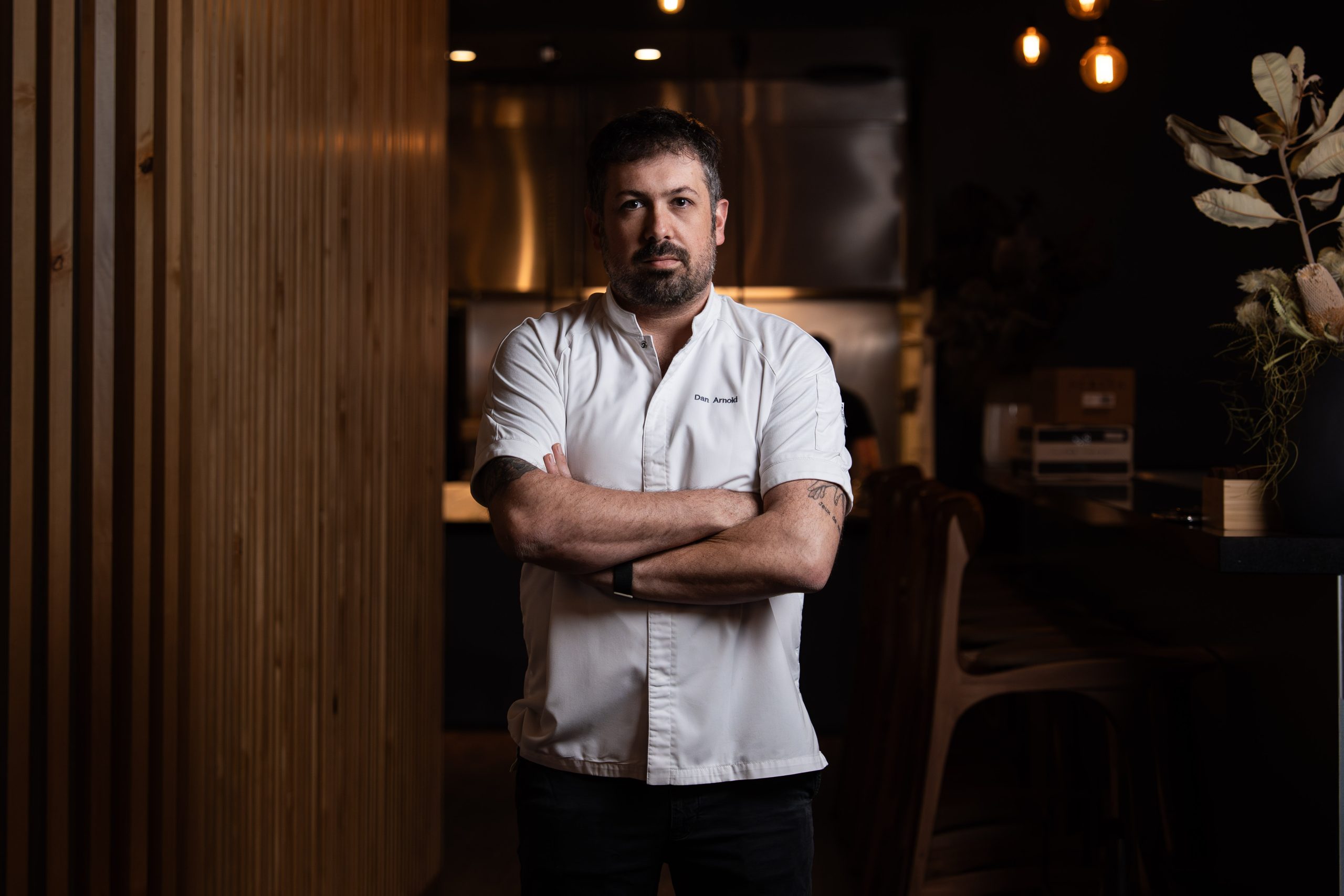The unexpected reasons Australians are retiring earlier than planned
A new report reveals 710,000 workers plan to retire over the next five years
Australia has a community of 4.2 million retirees, with another 710,000 intending to retire over the next five years and 226,000 of them planning to do so over the next two years, according to the Australian Bureau of Statistics (ABS). One of the biggest generations in Australia’s history – the baby boomers – is in the midst of its retirement years today. The baby boom began after WWII, with boomers being born between 1945 and 1964, making the youngest of this group 60 years old today.
The average age at which today’s workers intend to retire is 65.4 years. However, the long-term historical average is more than eight years earlier, with the average age at which existing retirees left the workforce being 56.9 years. People working in agriculture, forestry and fishing have the latest intended retirement age of 68.3 years. This is followed by workers in property at 67.1 years and manufacturing at 66.1 years. Workers in the mining sector have the earliest intended retirement age of 63.7 years, followed by workers in IT at 64 years and financial services at 64.3 years.
One factor that may be prompting people to retire earlier than planned is unforeseen circumstances, such as job loss, personal sickness or injury, or the need to provide care for someone else. Among existing retirees, an ABS survey found 13 percent retired because of sickness, injury or disability. Another 5 percent retired because they were retrenched, dismissed, or unable to find employment. Three percent retired to care for an ill, disabled or elderly person.
For 31 percent of retirees, gaining access to financial support was the main reason they retired. The age pension is the biggest source of income for most retirees today, followed by superannuation. The age at which baby boomers can receive the pension has increased over time from 65 to 67 years. However, they can access their superannuation earlier, once they reach preservation age.
Preservation ages vary depending on birth dates. Australians born before 1 July 1960 have a preservation age of 55 years. The preservation age increases by one year for every financial year from FY61 to FY64. For those born after 30 June 1964, the preservation age is 60 years. This means the youngest boomers will all gain access to their superannuation this year, which may prompt them to retire. Otherwise, they have seven more years to wait for eligibility for the age pension at 67.
Bjorn Jarvis, ABS head of labour statistics said: “In 2022-23, a Government pension or allowance was still the main source of personal income at retirement for 43 percent of retirees. This was followed by Superannuation, an annuity or private pension at 27 percent.”The full age pension is currently $43,752.80 per annum for couples and $29,023.80 for singles. The average superannuation balance for Australians aged 60 to 64 years is just over $360,000, according to the latest tax office data.
The impact of one of our largest generations retiring is reflected in surging superannuation payouts. New figures from the Australian Prudential Regulation Authority show an 18.1% increase in payouts over the 12 months to 31 March. The payouts, taken as lump sums or pension streams, totalled $112.9 billion.
A divide has opened in the tech job market between those with artificial-intelligence skills and everyone else.
A 30-metre masterpiece unveiled in Monaco brings Lamborghini’s supercar drama to the high seas, powered by 7,600 horsepower and unmistakable Italian design.
A divide has opened in the tech job market between those with artificial-intelligence skills and everyone else.
There has rarely, if ever, been so much tech talent available in the job market. Yet many tech companies say good help is hard to find.
What gives?
U.S. colleges more than doubled the number of computer-science degrees awarded from 2013 to 2022, according to federal data. Then came round after round of layoffs at Google, Meta, Amazon, and others.
The Bureau of Labor Statistics predicts businesses will employ 6% fewer computer programmers in 2034 than they did last year.
All of this should, in theory, mean there is an ample supply of eager, capable engineers ready for hire.
But in their feverish pursuit of artificial-intelligence supremacy, employers say there aren’t enough people with the most in-demand skills. The few perceived as AI savants can command multimillion-dollar pay packages. On a second tier of AI savvy, workers can rake in close to $1 million a year .
Landing a job is tough for most everyone else.
Frustrated job seekers contend businesses could expand the AI talent pipeline with a little imagination. The argument is companies should accept that relatively few people have AI-specific experience because the technology is so new. They ought to focus on identifying candidates with transferable skills and let those people learn on the job.
Often, though, companies seem to hold out for dream candidates with deep backgrounds in machine learning. Many AI-related roles go unfilled for weeks or months—or get taken off job boards only to be reposted soon after.
Playing a different game
It is difficult to define what makes an AI all-star, but I’m sorry to report that it’s probably not whatever you’re doing.
Maybe you’re learning how to work more efficiently with the aid of ChatGPT and its robotic brethren. Perhaps you’re taking one of those innumerable AI certificate courses.
You might as well be playing pickup basketball at your local YMCA in hopes of being signed by the Los Angeles Lakers. The AI minds that companies truly covet are almost as rare as professional athletes.
“We’re talking about hundreds of people in the world, at the most,” says Cristóbal Valenzuela, chief executive of Runway, which makes AI image and video tools.
He describes it like this: Picture an AI model as a machine with 1,000 dials. The goal is to train the machine to detect patterns and predict outcomes. To do this, you have to feed it reams of data and know which dials to adjust—and by how much.
The universe of people with the right touch is confined to those with uncanny intuition, genius-level smarts or the foresight (possibly luck) to go into AI many years ago, before it was all the rage.
As a venture-backed startup with about 120 employees, Runway doesn’t necessarily vie with Silicon Valley giants for the AI job market’s version of LeBron James. But when I spoke with Valenzuela recently, his company was advertising base salaries of up to $440,000 for an engineering manager and $490,000 for a director of machine learning.
A job listing like one of these might attract 2,000 applicants in a week, Valenzuela says, and there is a decent chance he won’t pick any of them. A lot of people who claim to be AI literate merely produce “workslop”—generic, low-quality material. He spends a lot of time reading academic journals and browsing GitHub portfolios, and recruiting people whose work impresses him.
In addition to an uncommon skill set, companies trying to win in the hypercompetitive AI arena are scouting for commitment bordering on fanaticism .
Daniel Park is seeking three new members for his nine-person startup. He says he will wait a year or longer if that’s what it takes to fill roles with advertised base salaries of up to $500,000.
He’s looking for “prodigies” willing to work seven days a week. Much of the team lives together in a six-bedroom house in San Francisco.
If this sounds like a lonely existence, Park’s team members may be able to solve their own problem. His company, Pickle, aims to develop personalised AI companions akin to Tony Stark’s Jarvis in “Iron Man.”
Overlooked
James Strawn wasn’t an AI early adopter, and the father of two teenagers doesn’t want to sacrifice his personal life for a job. He is beginning to wonder whether there is still a place for people like him in the tech sector.
He was laid off over the summer after 25 years at Adobe , where he was a senior software quality-assurance engineer. Strawn, 55, started as a contractor and recalls his hiring as a leap of faith by the company.
He had been an artist and graphic designer. The managers who interviewed him figured he could use that background to help make Illustrator and other Adobe software more user-friendly.
Looking for work now, he doesn’t see the same willingness by companies to take a chance on someone whose résumé isn’t a perfect match to the job description. He’s had one interview since his layoff.
“I always thought my years of experience at a high-profile company would at least be enough to get me interviews where I could explain how I could contribute,” says Strawn, who is taking foundational AI courses. “It’s just not like that.”
The trouble for people starting out in AI—whether recent grads or job switchers like Strawn—is that companies see them as a dime a dozen.
“There’s this AI arms race, and the fact of the matter is entry-level people aren’t going to help you win it,” says Matt Massucci, CEO of the tech recruiting firm Hirewell. “There’s this concept of the 10x engineer—the one engineer who can do the work of 10. That’s what companies are really leaning into and paying for.”
He adds that companies can automate some low-level engineering tasks, which frees up more money to throw at high-end talent.
It’s a dynamic that creates a few handsomely paid haves and a lot more have-nots.
When the Writers Festival was called off and the skies refused to clear, one weekend away turned into a rare lesson in slowing down, ice baths included.
Once a sleepy surf town, Noosa has become Australia’s prestige property hotspot, where multi-million dollar knockdowns, architectural showpieces and record-setting sales are the new normal.


















